Chapter #3 - Ancient Sources of Norse Mythology
Share
As far back as the late first century CE, the Roman historian Tacitus wrote a book on the Germanic tribes who dwelt north of the Empire (Germania), which is a great source of the religious views and practices of the Old Religion.
However, the greatest source is the material written in the Old Norse language from around 800 to 1400 CE. Scandinavians and Icelanders held onto their traditional religion far longer than more southerly Germanic peoples. If it wasn’t for the Icelandic poems, discussions, and sagas that have handed down to us, the ancient Old Religion of the Norse and Germanic peoples would have been lost to us. These, then, are the three main sources of Norse mythology:
- The Poetic Edda. The authors of a collection of poems, now known collectively as the poetic Edda are anonymous, but is the most important source of Norse Mythology. They were composed between the tenth and twelfth centuries.
- The Prose Edda. Written in the thirteenth century by Icelandic scholar and politician Snorri Sturluson. Snorri not only made use of the poems in the Poetic Edda, but added a considerable amount of information that can’t be found in those poems. He also quotes from other poems that have since been lost.
- The Sagas. Written in the thirteenth and fourteenth centuries, the Sagas are accounts of the lives of famous Icelanders, Scandinavian kings, and Germanic folk heroes. Of particular importance, The Saga of the Ynglings
